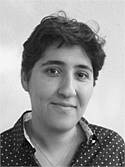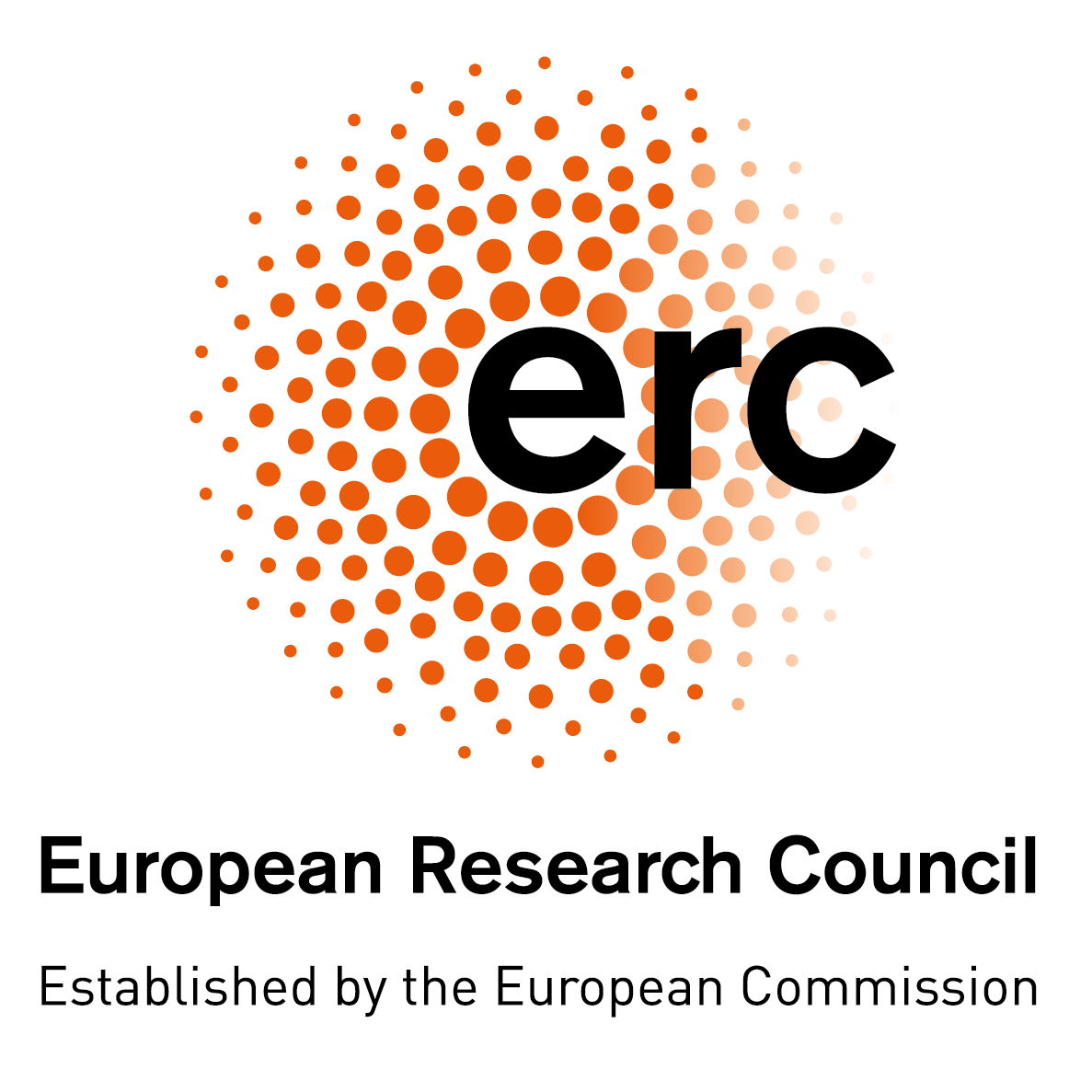The Bone Marrow Microenvironment in the Hematopoietic System
Under physiological conditions, primitive hematopoietic stem cells (HSCs) reside in anatomically defined areas, referred to as bone marrow niches. The existence of a tightly regulated cross-talk between the complex cellular components of the niche and the HSCs is critical for the maintenance of cellular homeostasis and blood regeneration throughout life by regulating HSC self-renewal, proliferation, differentiation and migration. As such, recent years have seen a growing interest in studies addressing the composition of the bone marrow niche as well as its function in both normal and malignant hematopoiesis. Consequently, genetic alterations or loss of specific cellular niche components in mice have been shown to lead to the development of hematologic malignancies or HSC loss, respectively.
Myelodysplastic Syndromes: Clinical Features and Therapeutic Options
Our research is focused on a heterogeneous group of stem cell driven pre-leukemic syndromes mainly affecting the elderly, referred to as myelodysplastic syndromes (MDS). Overall, MDS is relatively uncommon, with an incidence of 3-5 per 100,000 of the population; but this dramatically increases over 60 to reach 30-40 per 100,000 of the population. Thus, MDS represent one of the most common haematological disorders in the elderly. In addition, their prevalence is expected to significantly rise due to an aging population as well as, in the case of therapy-related MDS, the expected global rise in the number of cancer survivors.
MDS are characterized by ineffective production of mature blood cells, with patients requiring frequent blood transfusions, a treatment that often results in significant complications (e.g. iron overload). These syndromes may progressively worsen and lead to bone marrow failure. About 30% of MDS cases also evolve to acute myeloid leukemia (sAML), which is particularly difficult to treat. Despite recent studies that identified recurrent mutations associated with MDS, treatment options for MDS patients remain limited and range from hematopoietic growth factors and immunomodulatory drugs (e.g. lenalidomide) for lower risk cases, to treatment with DNA hypomethylating agents and intensive chemotherapy in higher risk subgroups. However, no available treatment alters the natural course of the disease, except for hematopoietic stem cell transplantation, which is not an option for nearly 90% of MDS patients (too old and/or no suitable donor). Therefore, new therapeutic alternatives are urgently needed to tackle this growing challenge facing our aging society.
Our Work
In our lab, we are particularly focused on the complex interplay that we recently uncovered between MDS hematopoietic cells and the surrounding stromal cells that constitute the bone marrow microenvironment or “niche” (Medyouf et al., Cell Stem Cell, 2014). We endeavor to elucidate how specific cellular elements and molecular pathways within the bone marrow microenvironment contribute to disease pathogenesis and progression in MDS.
Because of the pivotal role of niche cells in the control of stem cell function, targeting the interactions between niche and hematopoietic cells represents a particularly attractive opportunity to manipulate the niche support, an approach that is largely under-exploited, in particular in MDS. These future niche mediated-therapies might also be exploited to improve the regenerative abilities of the bone marrow niche to promote hematopoietic reconstitution following stem cell transplantation, the only potential curative treatment for MDS and other leukemias.Our group strives to improve the outcome of patients with MDS through a better understanding of the biology underlying this disease. We use co-culture systems, genetic mouse models as well as unique patient-derived xenograft models to allow functional evaluation of our findings and pre-clinical drug testing of new compounds/new combination treatments. We closely interact with clinicians to translate our findings into potential new therapeutic strategies for MDS and pave the way to improving MDS Patients’ outcome.







